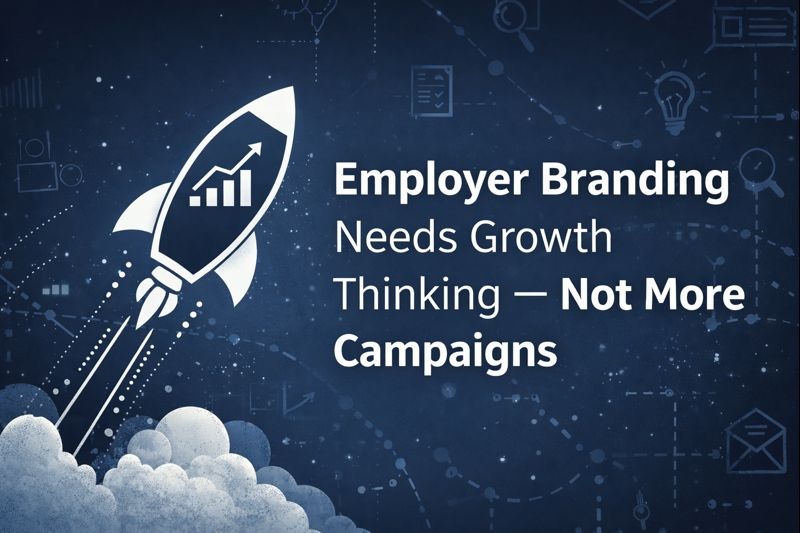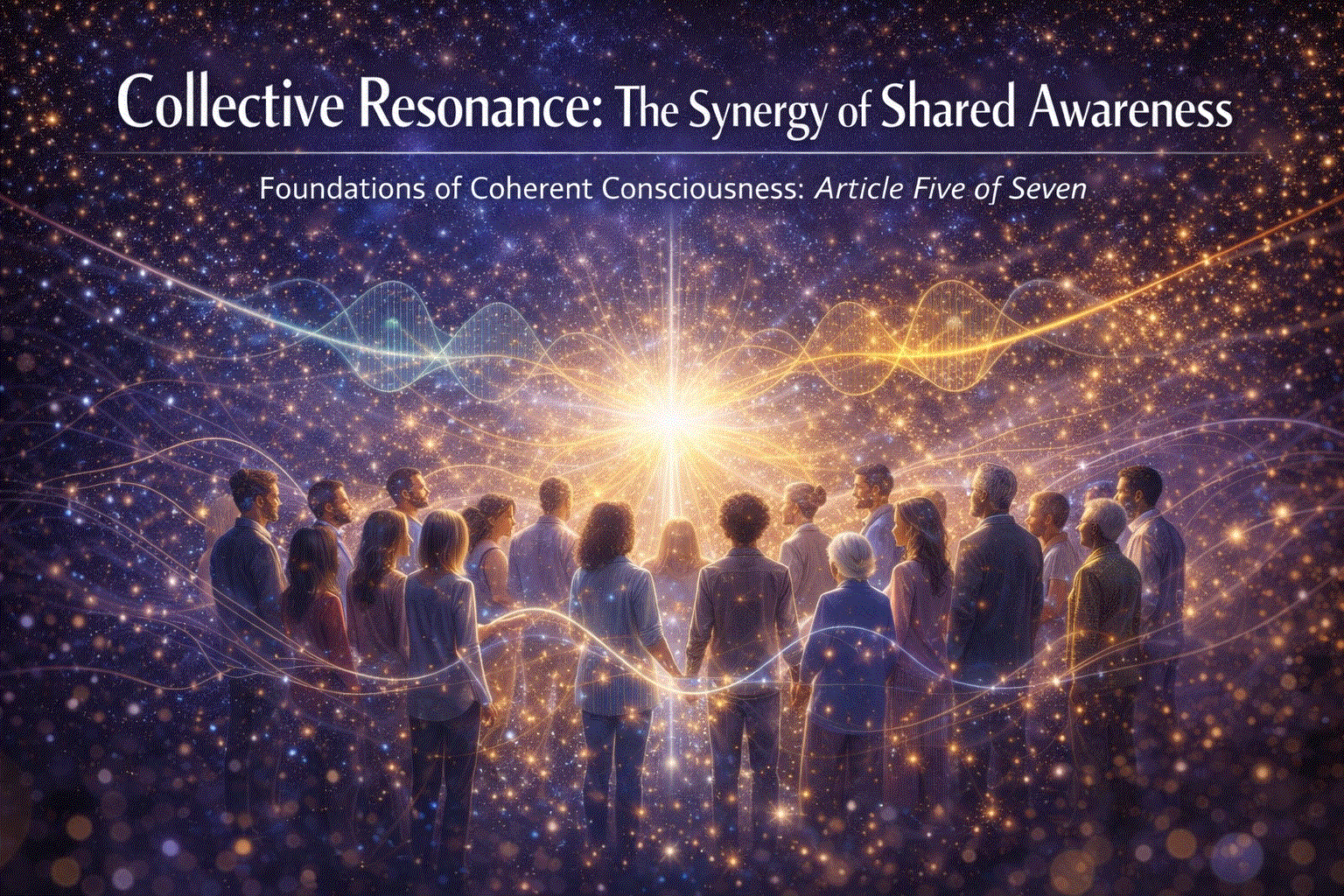Jan02

Attracting and Retaining Top Employees – Dr. Jim Kanichirayil 1/2/2023
Attracting and retaining diverse talent is essential to long-term business growth in today's competitive job market.
Building a talented and diverse workforce can lead to greater employee engagement, better performance, and improved overall employee retention outcomes. Organizations need to employ various strategies to ensure that their recruitment processes are inclusive and effective in attracting and retaining the best and brightest talent.
The process of hiring and retaining diverse talent is crucial to the success of any company. A strategic approach is necessary that takes into careful consideration the uniqueness of diverse individuals and their backgrounds. According to a recent survey by Deloitte, 66% of global companies view utilizing innovative approaches to sourcing and screening diverse talent as critically important to expanding their candidate pipelines (Centeno).
Diversity-friendly practices implemented during the recruitment process, such as blind hiring and diversity-oriented job postings, can foster a diverse and inclusive work environment that benefits all employees. Additionally, it is important to create an atmosphere of respect and equality, which can be done by eliminating any unconscious bias in the hiring process. Furthermore, developing an immersive onboarding and mentorship program can help to embrace, integrate, and retain diverse talent by offering community building and meaningful career development (Buza). Strategic measures such as these can be incredibly useful when it comes to creating an inclusive and equitable workplace for all.
It is essential that organizations must actively recruit and retain diverse talent to stay competitive and gain valuable perspectives in the current business environment (Nosko and Crossley 2018).
Some strategies to ensure an effective effort include:
Implementing these strategies can help organizations recruit and retain a diverse workforce that can add value to their organization and contribute to their long-term success.
The first step to creating a diverse workforce is to promote inclusion with your existing employees. This can be done through training in cultural competency and sensitivity, making sure there is adequate representation of different races, genders, and backgrounds in the workplace. In addition, promote management who come from different backgrounds and provide internal mentorship opportunities for employees from different backgrounds (Yum & Mahalingam, 2019).
The second step is to clearly define diversity and inclusion goals. Organizations should make it a priority to create a plan for how they will work towards achieving those goals, such as creating a diverse candidate pool, understanding, and utilizing a wider network of involvements, providing resources for those diverse employees, or giving employees equal access to senior leadership opportunities (Haq & D’Angelo, 2020).
The third step is to find methods of retaining employees. Offering employees benefits and rewards, tailored recognition programs, flexible work options, and clear paths to career growth can all help make employees feel more valued and supported in their roles (Juline et al., 2020). Implementing these strategies can ensure organizations create a diverse and inclusive work environment where employees can thrive, while also decreasing employee turnover and helping their organization reach the many associated business benefits.
It's worth noting that organizations should also consider implementing diversity and inclusion initiatives that focus on creating a sense of belonging and acceptance in the workplace. This can be done by providing employees with opportunities to engage in meaningful conversations about diversity and inclusion.
The 2023 economic landscape looks uncertain, and many organizations are considering scaling back their DEIB initiatives. Considering how competitive the candidate landscape is, this could be a potentially huge mistake. It is important for organizations to adopt a long-term view. If the goal is to establish a sustainable competitive advantage, diversity hiring must be a central element of your organizational strategy. Failure to adopt this strategy will be far more expensive in the long run.
Featured Events of the Week:
Talent Strategy 60- Authors Spotlight: Building a Culture of Empowerment: https://www.linkedin.com/video/event/urn:li:ugcPost:7014435298897985536/
Cascading Leadership - Season 3 Premier - 1/5/2023 www.cascadingleadership.com. Subscribe https://apple.co/36DWGqS or https://spoti.fi/3j49b1a. Follow us here: https://bit.ly/3vshx8C
Source Materials:
Haq, Q., & D’Angelo, J. (2020). Achieving workforce diversity and inclusivity. The Human Resource Professional Magazine, 27(4), 34–37. Retrieved from https://search.proquest.com/docview/2447304505?accountid=14709&rfr_id=info%3Axri%2Fsid%3Aprimo
Rizk, N. and Singpurwalla, R. (2017). Equal Employment Opportunity in Higher Education: Concepts and Enforcement Options. Washington, DC: American Psychological Association.
Buza, Hallie. “7 Strategies for Gaining and Developing Diverse Talent.” Automated Insights, 20 May 2020, automatedinsights.com/resources/diversity-workforce/.
Centeno, Rocio. “10 Proven Strategies for Gaining & Retaining Diverse Talent.” Deloitte Insights, Deloitte, 8 Dec. 2016, www2.deloitte.com/us/en/pages/human-capital/articles/diverse-talent-in-the-workplace.html.
Beauregard, Tom and Lester Fountain. 2020. “Gaining Competitive Advantage Through Diverse Talent Strategies.” Cambridge Journal of Economics 44.6: 2235–224645.
Cox, Taylor Jr. 2019. “Inclusion and the Future of Work.” Springer International Handbook of Diversity Management at Work, edited Michael L. Vasquez, Springer Verlag, 393–414.
Nosko, Allyson and Alison Crossley. 2018. “Employer Recruitment Strategies for Attracting and Maintaining a Diverse Workforce.” International Journal of Disability, Community & Rehabilitation 17.2: 71–82. https://doi.org/10.1037/e614712017-001
Juline, M., et al. (2020). Retention strategies: Ten ways to keep talented employees . Human Resource Executive magazine, 35(2), 42-47. Retrieved from https://search.proquest.com/docview/2431492189?accountid=14709&rfr_id=info%3Axri%2Fsid%3Aprimo
Yum, Y. M., & Mahalingam, S. R. (2019). Workforce diversity management best practices: New directions. Human Resource Management Review, 29(1), 57-73. https://dx.doi.org/10.1016/j.hrmr.2018.10.010
Keywords: Culture, Diversity and Inclusion, HR
 Concrete’s Carbon Problem and the Race to Fix It
Concrete’s Carbon Problem and the Race to Fix It Employer Branding Needs Growth Hacking — Not More Campaigns
Employer Branding Needs Growth Hacking — Not More Campaigns The Wireless Renaissance: From Tesla’s Dream to Agentic Autonomy
The Wireless Renaissance: From Tesla’s Dream to Agentic Autonomy Collective Resonance: How Consciousness Scales Beyond the Individual
Collective Resonance: How Consciousness Scales Beyond the Individual Autonomous Wingmen: Scaling Sustainable Aviation via NVIDIA NAT and Formation Flight
Autonomous Wingmen: Scaling Sustainable Aviation via NVIDIA NAT and Formation Flight